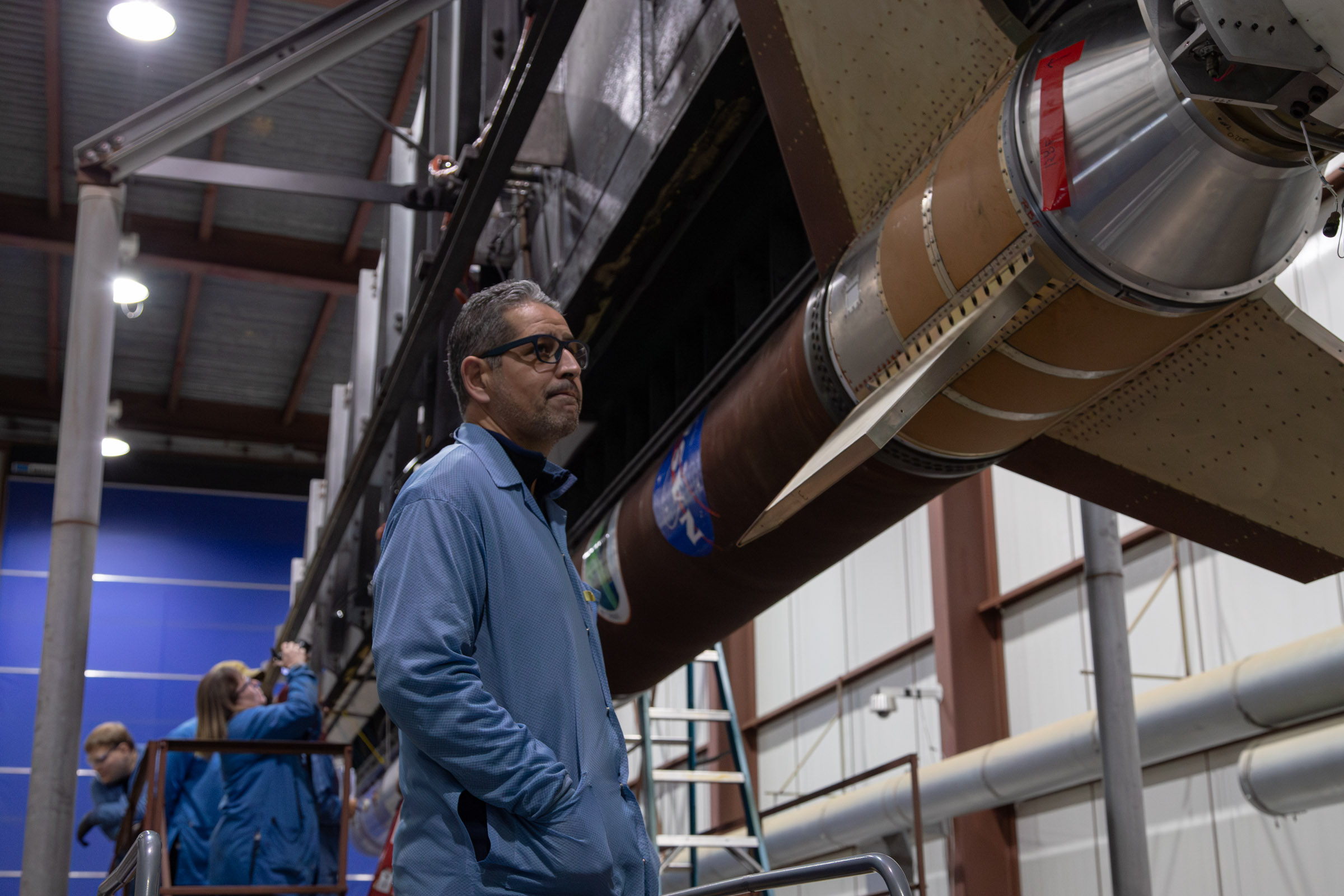Planetary scientist Mehdi Benna of UMBC’s Center for Space Sciences and Technology, along with a team of collaborators, recently released a video recounting the launch of NASA’s Dissipation sounding rocket mission.
The Dissipation sounding rocket, which launched from the Poker Flat Research Range in Fairbanks, Alaska in November 2023, carried a suite of six instruments designed to measure how Earth’s upper atmosphere at high altitudes responds to large energy inputs from the sun during auroral storms.
The video recaps how Benna, principal investigator of Dissipation, and his team of scientists and engineers overcame a series of obstacles to successfully launch the sounding rocket during the peak of the auroral activity that took place in Alaska on November 8.
“It was an exciting but nerve-racking experience. The countdown had to be precisely timed to target the peak of the auroral activities, which lasted less than 30 minutes from its growth to recovery phase,” said Benna in an article. “The last four minutes of the countdown felt like hours as we waited for the last items on the launch checklist to be completed before the rocket could lift off.”
Along with Benna, the Dissipation team included scientists and engineers from UMBC, Goddard Space Flight Center, the Wallops Flight Facility, the University of New Hampshire, and the University of Alaska Fairbanks.
Benna shares that the video encapsulates “the human aspect of space engineering that is rarely shown, and demonstrates that the success of these types of missions are often hinged on the real time and quick decision-making of the engineers.”

